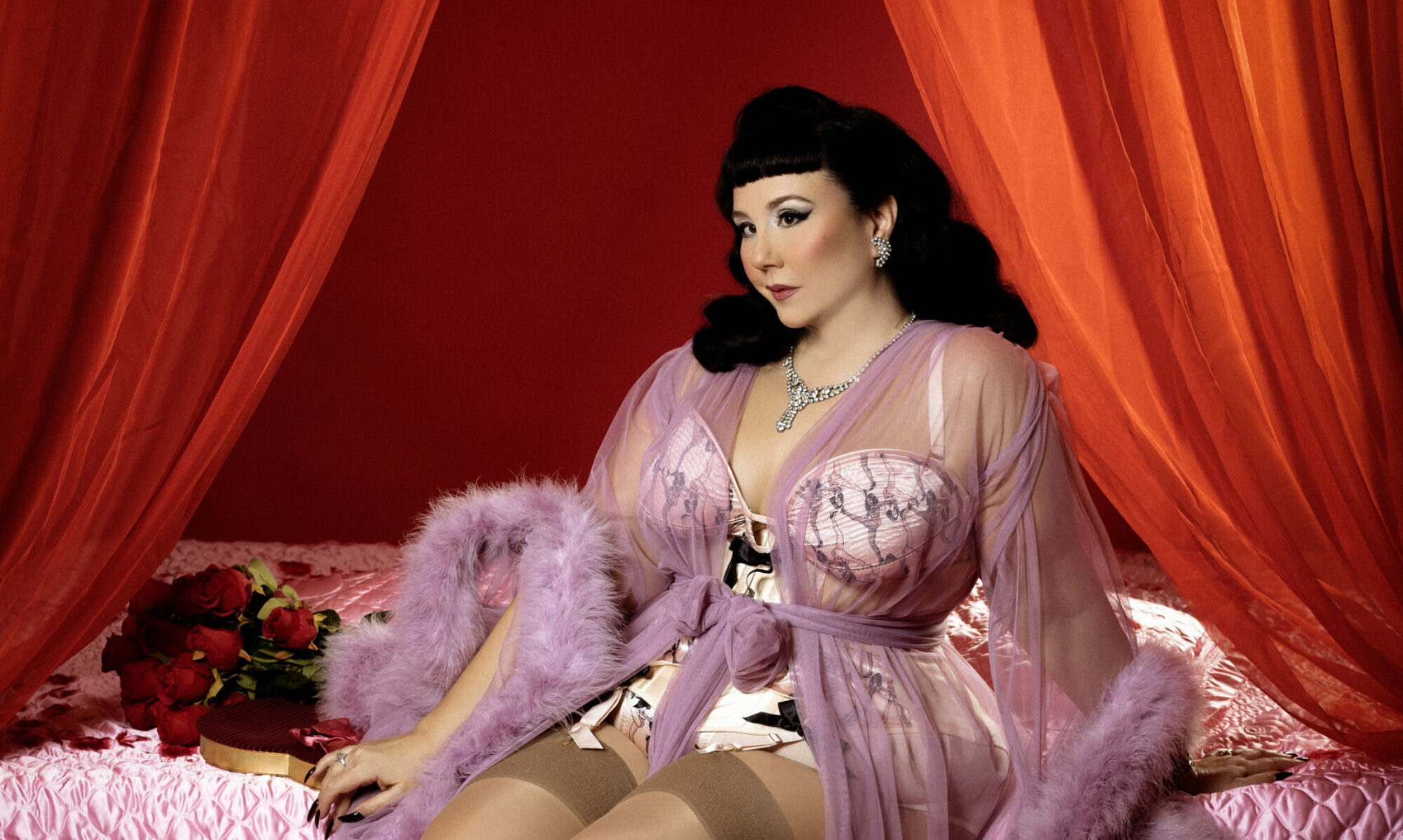
It’s hard to believe that December will mark the 200th anniversary of Emma‘s publication. The recent lead up’s been pretty interesting, including a modern retelling of the novel by Alexander McCall Smith and Pemberley Digital’s multimedia Emma Approved adaptation, which wrapped last year. Various organizations, including the Bay Area English Regency Society in the San Francisco Bay Area, are organizing celebrations commemorating the event. Even though it’s not popular on the same level as, say, Pride & Prejudice, people love Emma because it has a little something for everyone.
Before writing Emma, Jane Austen once expressed, “I am going to take a heroine whom no-one but myself will much like” (James Edward Austen-Leigh’s Memoir of Jane Austen, p. 158). Most believe that the author was at least half-joking when she said this, as Emma Woodhouse is often a great favorite among readers. The character aside, however, the story itself is simply brilliant. Part romance, part comedy, part drama, and part “detective novel,” adapters for stage and screen have lots of choice when it comes to direction and focus. If the depth and texture of the novel has a limitation, it’s in the fact that most adaptations can’t do justice to everything it offers (not even the long miniseries versions).
Jane Austen wrote Emma over the period encompassing January 21, 1814 – March 29, 1815. At his request, she dedicated Emma to her most high-profile fan, the Prince Regent. This is a bit strange, considering that she didn’t care much for him, his conduct towards his wife, or his personality in general. He received a special first edition of the novel (one of twelve “presentation” copies issued by the publisher), in three volumes, which is kept at the Royal Library at Windsor Castle. For more on the presentation edition, see this description of Anne Sharp’s copy (Bonhams auction site). Novelist Maria Edgeworth – a favorite of Austen’s – also apparently received a presentation copy of the novel.
First published in December, 1815 (though the frontispiece is dated 1816) by John Murray, Emma was the last work Austen lived to see released. The first edition consisted of 2000 copies. Oddly, the book did not sell well, so the second printing/edition didn’t happen until 1833. For more information on the initial publication of the novel, look here. You will also find opinions on the novel from Austen’s friends and family right here.
For more on Jane Austen’s Emma and its various media adaptations, visit the Emma Adaptations Pages.
























